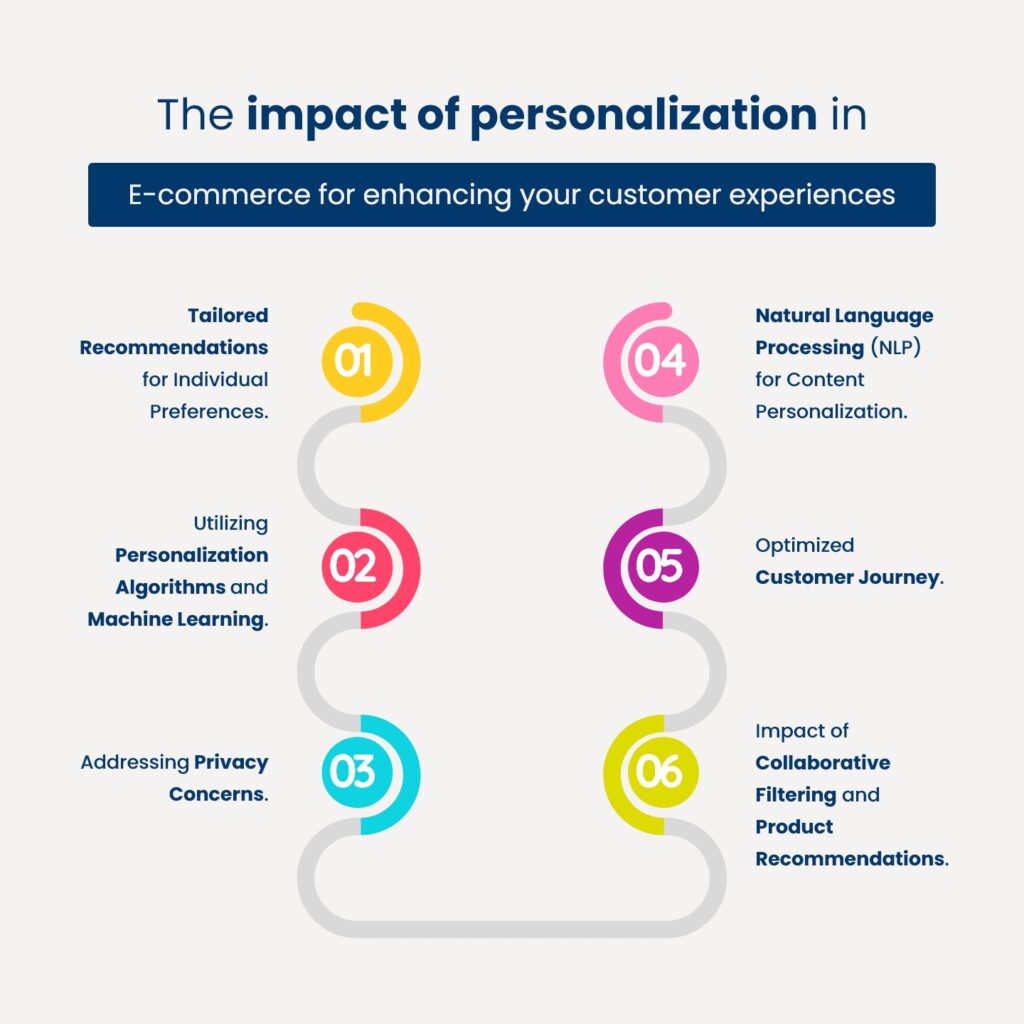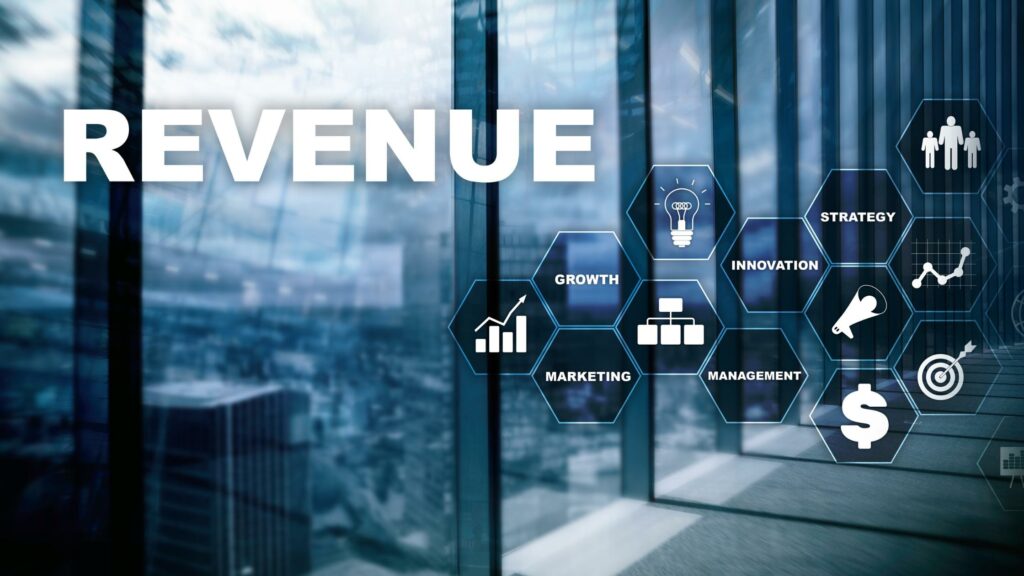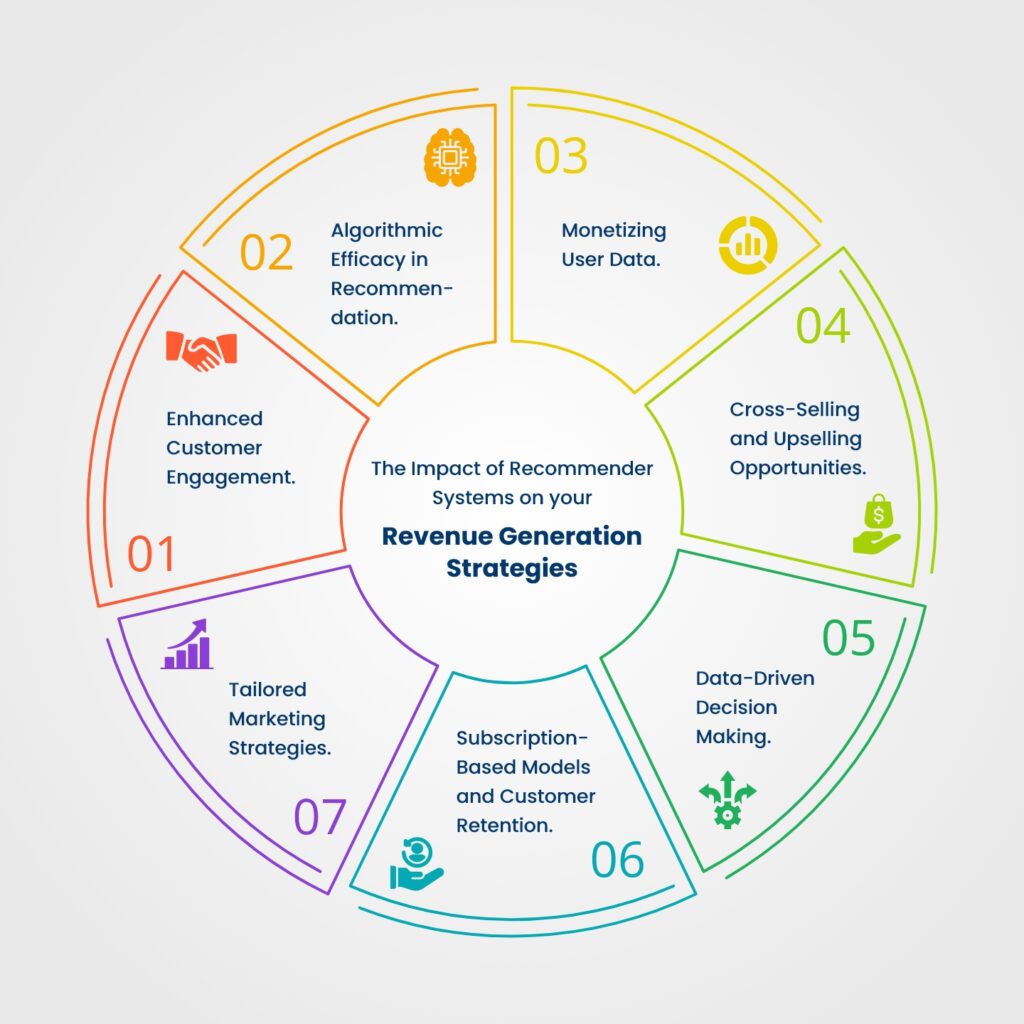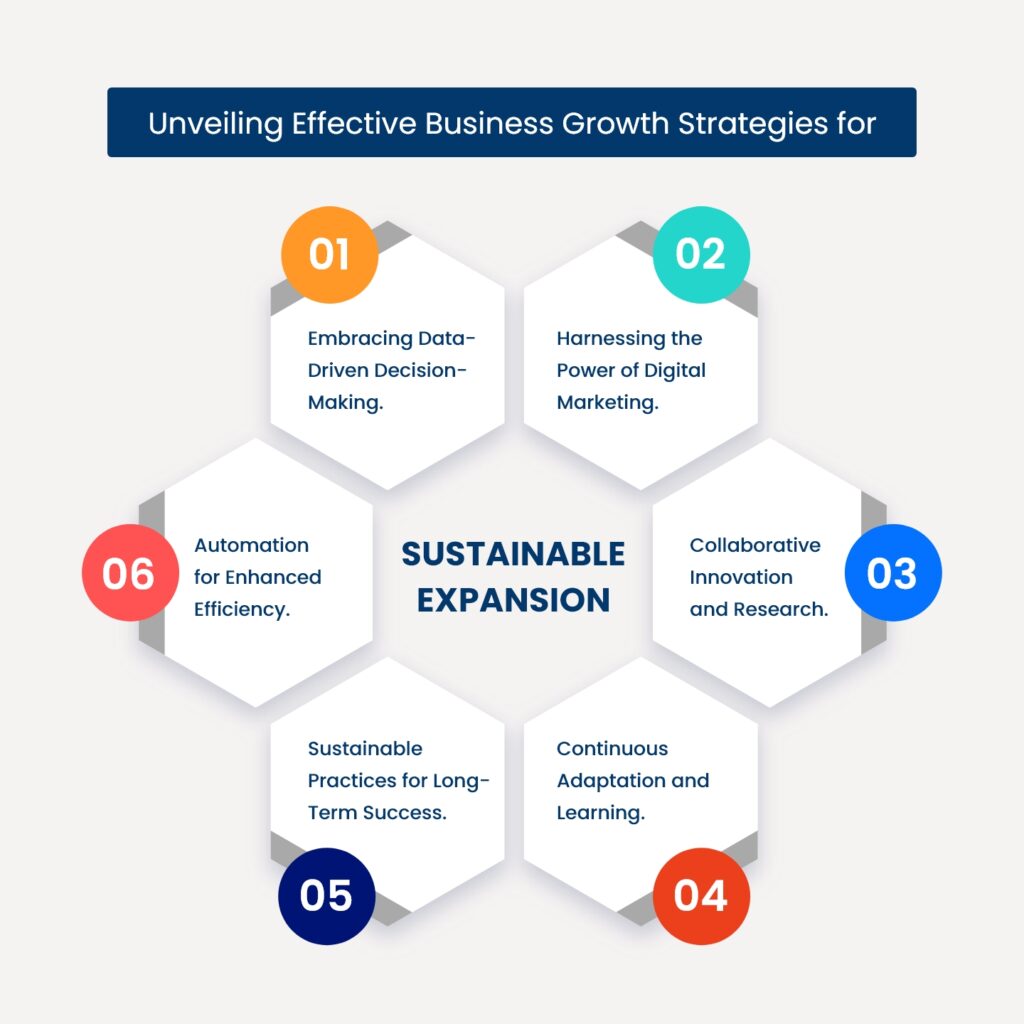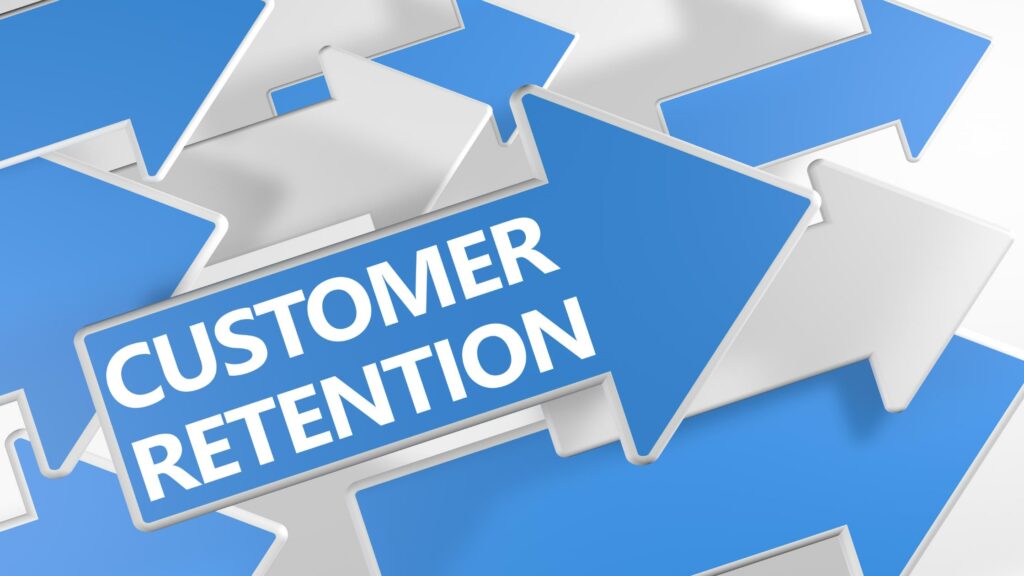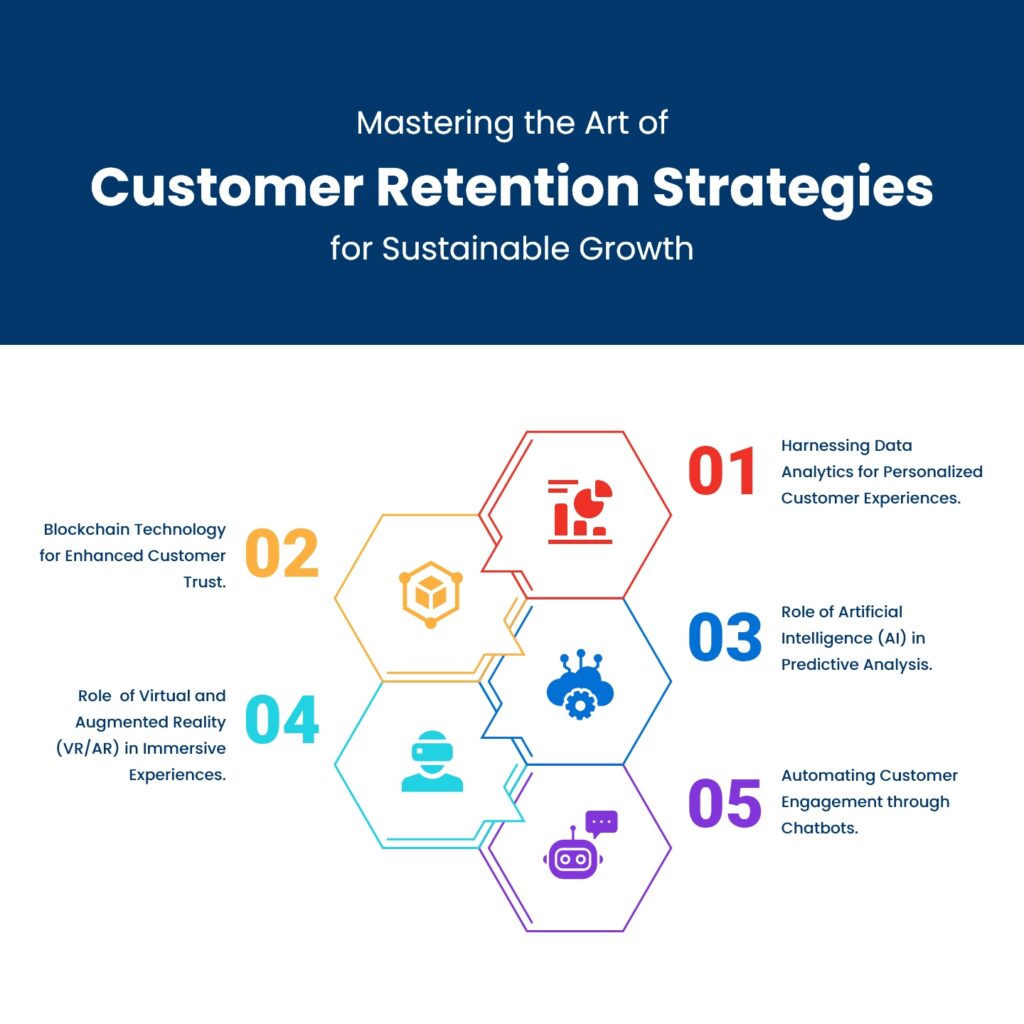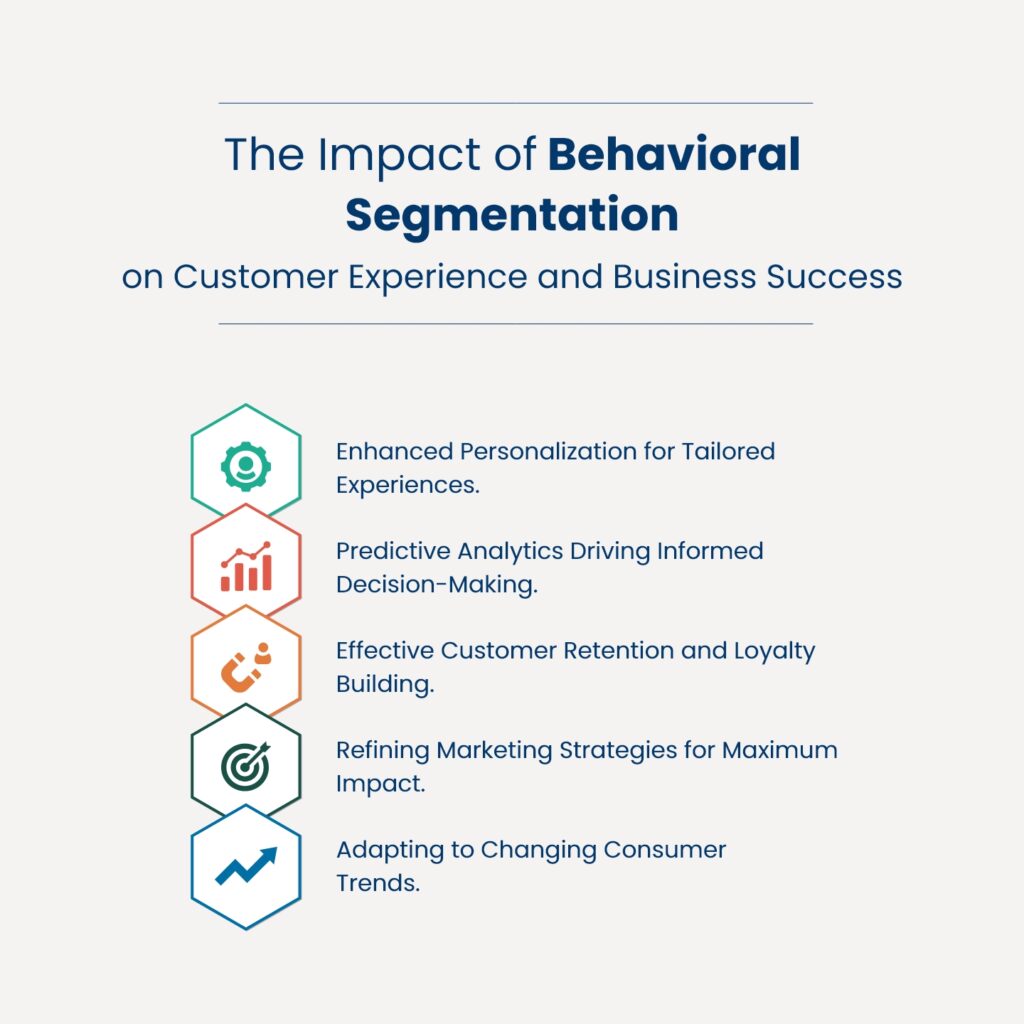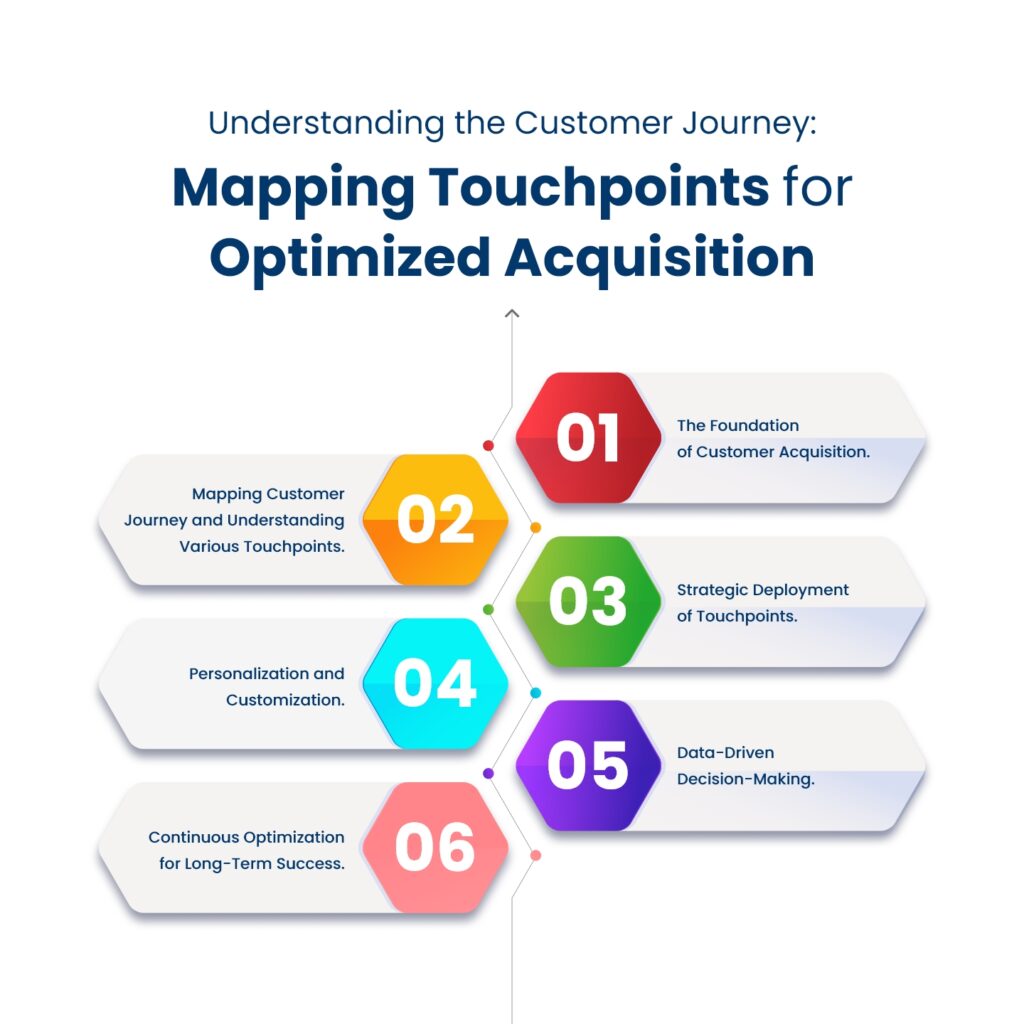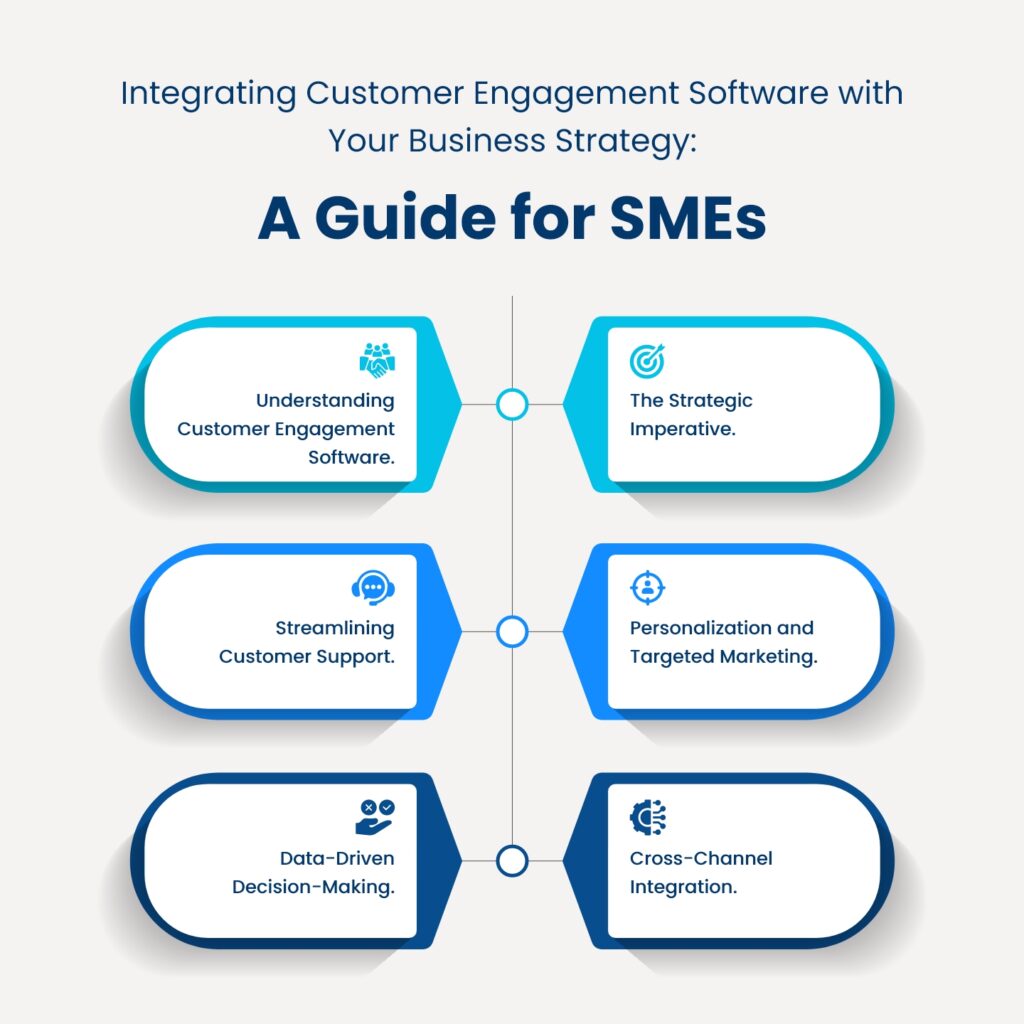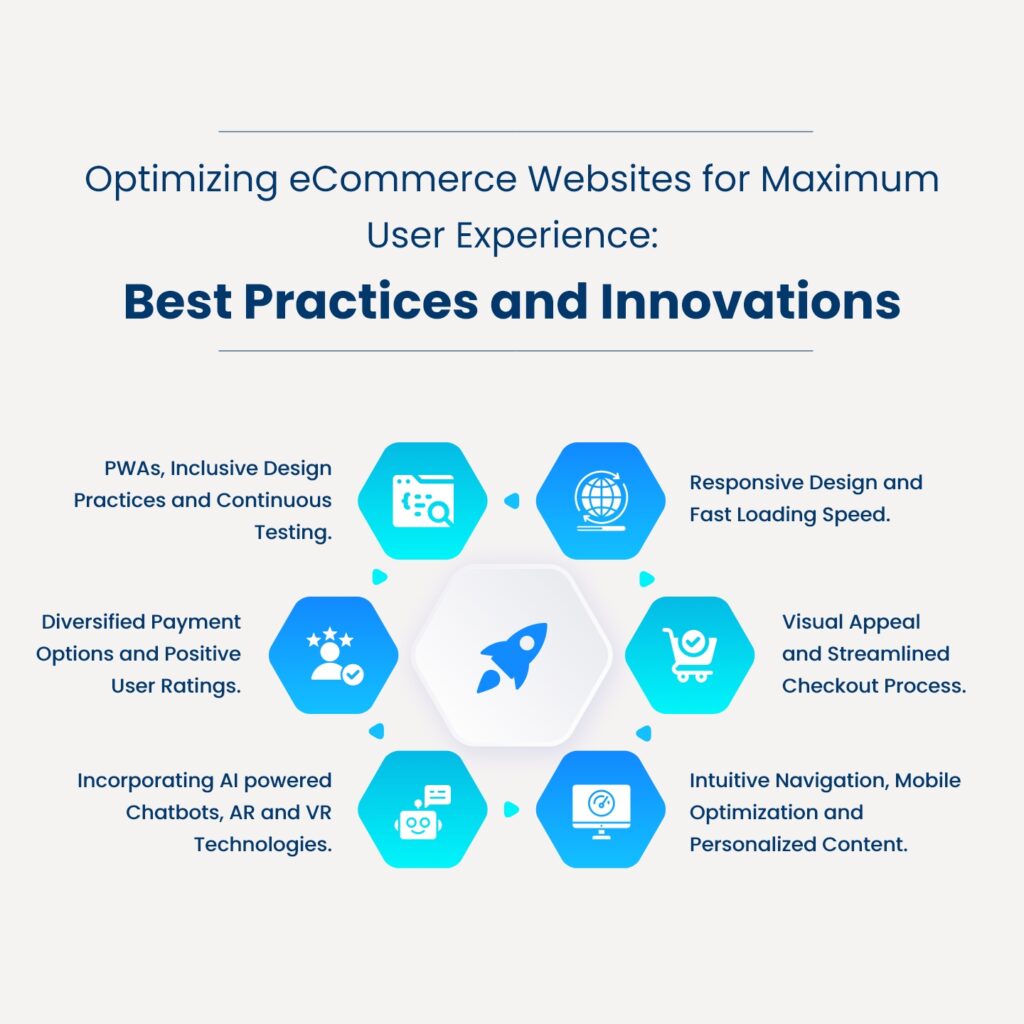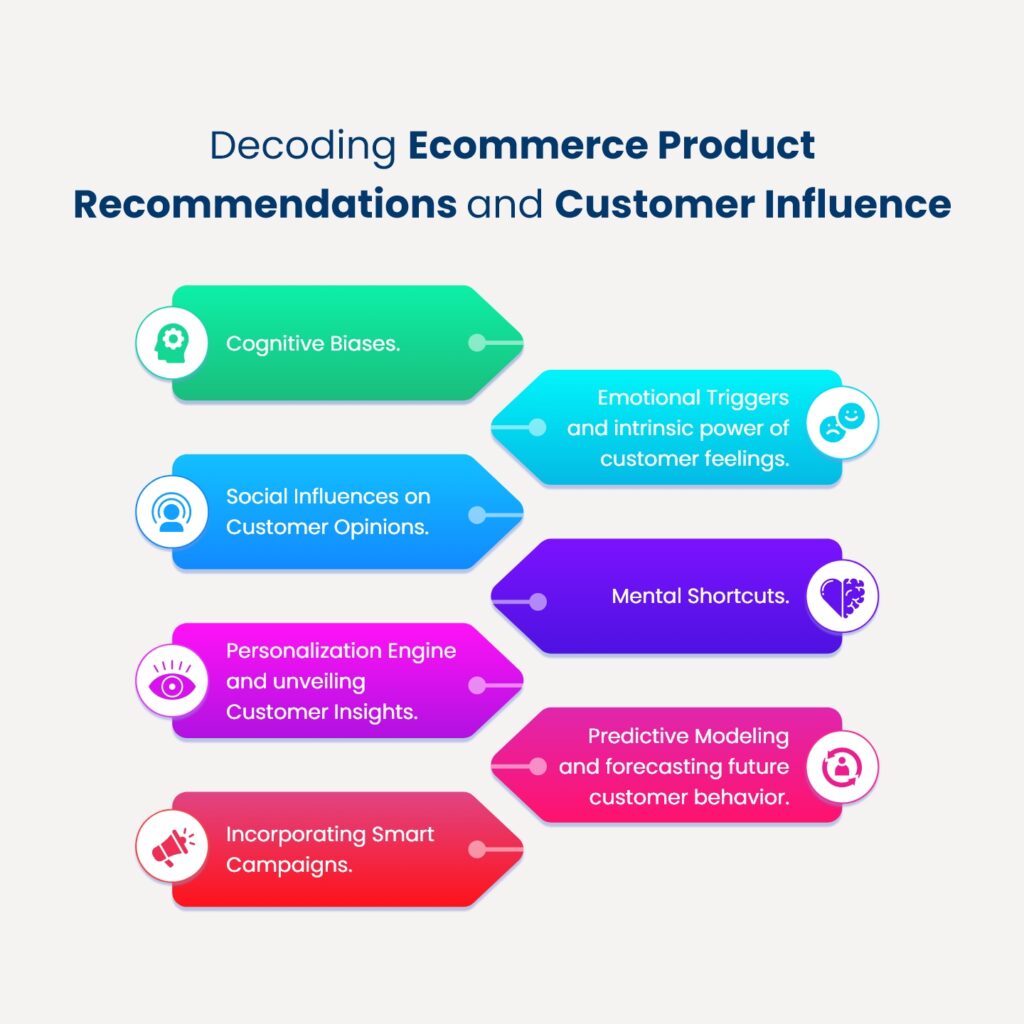How personalized product recommendation in E-commerce can help scaling revenue
In the fast-paced world of e-commerce, where the digital marketplace is saturated with products, personalized product recommendations have emerged as a game-changer. This innovative approach leverages cutting-edge technology and scientific algorithms to tailor suggestions based on individual user preferences and behavior. Today, more than 90% of shoppers reported that they would return to a site for a repeat purchase if the site provides personalized experience that tailors product recommendations based on their previous shopping habits. Likewise, McKinsey estimated that 35% of what consumers purchase on Amazon and 75% of what they watch on Netflix comes from personalized product recommendations. So, in this article, we will explore how personalized product recommendation in E-commerce not only enhances the shopping experience but also plays a pivotal role in scaling revenue.
Understanding Personalized Product Recommendation in E-Commerce
Personalized product recommendation in E-commerce involves the use of sophisticated algorithms and artificial intelligence to analyze customer data. This includes past purchases, browsing history, and even demographic information to create a unique profile for each user. By employing machine learning techniques, e-commerce platforms can predict a user’s preferences and showcase products that align with their interests.
The heart of personalized product recommendation in e-commerce lies in sophisticated recommendation systems that analyze customer behavior and preferences. These recommendation systems utilize predictive modeling algorithms to understand customer insights and predict what products a user might be interested in. It’s no wonder 80% of business leaders consider predictive analytics very important to their companies’ success and 42% of them are already experimenting with predictive technologies.
Driving Customer Engagement and Retention
Research says, 56% of customers are more likely to return to an e-commerce site that offers product recommendations, while 74% of customers feel frustrated when website content is not personalized. Hence, the use of personalized product recommendation in E-commerce extends beyond the initial purchase. As customers continue to interact with the platform, the recommendation algorithms continually refine their suggestions. This iterative process ensures that customers are consistently presented with products that align with their evolving preferences, fostering long-term engagement and loyalty.
Additionally, personalized recommendations create a sense of exclusivity for users, as they perceive the platform as one that understands and caters to their individual needs. This not only encourages repeat business but also turns customers into brand advocates, driving organic growth through word-of-mouth referrals.
Maximizing Revenue through Cross-Selling and Upselling
The impact of personalized product recommendation in E-commerce on revenue becomes particularly evident when considering cross-selling and upselling opportunities. By analyzing a user’s purchase history and preferences, e-commerce platforms can strategically suggest complementary or higher-value items.
For instance, if a customer has recently purchased a camera, the platform might recommend accessories such as lenses, camera bags, or tripods. This not only increases the average transaction value but also exposes customers to a broader range of products, maximizing the revenue potential of each transaction.
Enhancing Customer Experience
As product display can influence online shopping behaviors, around 71% of e-commerce sites offer product recommendations. The number is even higher in Nordic countries: 90% of shoppers reported finding recommendations on the homepage of e-commerce sites. Hence, recommender systems play a pivotal role in the success of personalized product recommendations and enhancement of customer experience. These systems can be broadly categorized into collaborative filtering and content-based filtering. Collaborative filtering analyzes user behavior and preferences by considering the actions of similar users. On the other hand, content-based filtering relies on the characteristics of the products and matches them with the user’s preferences. Incorporating both collaborative and content-based filtering, e-commerce platforms can create a powerful recommendation engine that delivers accurate and relevant product suggestions.
One of the primary advantages of personalized product recommendation in E-commerce is its ability to significantly enhance the customer experience. When users feel that a platform understands their needs and preferences, they are more likely to engage and make purchases. The seamless integration of recommendation algorithms ensures that users are presented with products that genuinely resonate with their tastes and preferences.
For instance, consider a scenario where a user is searching for a new pair of running shoes. With personalized recommendations, the e-commerce platform can showcase not only various styles of running shoes but also complementary products such as moisture-wicking socks or fitness trackers. This not only simplifies the shopping process but also exposes customers to a broader range of products they may not have discovered on their own.
Harnessing the Power of Data-Driven Insights
The success of personalized recommendations in e-commerce is deeply rooted in data-driven insights. By collecting and analyzing vast amounts of customer data, e-commerce platforms can fine-tune their algorithms, ensuring that recommendations are accurate and relevant. This continuous feedback loop enables platforms to stay ahead of changing trends and consumer preferences, adapting their offerings to align with market dynamics.
Moreover, the insights gained from customer data can inform strategic decisions, such as inventory management, marketing campaigns, and product development. This holistic approach to data utilization not only enhances the effectiveness of personalized recommendations but also empowers e-commerce businesses to make informed decisions that drive overall growth.
Overcoming Challenges and Ensuring Privacy
While the recommendation engine market is expected to reach USD 15.13 billion by 2026, being valued at USD 2.12 billion in 2020 and a CAGR of 37.46%, it’s also crucially important to address the challenges associated with privacy concerns. Along with the benefits of personalized product recommendation in E-commerce, customers are increasingly sensitive to the use of their personal data, and businesses must prioritize transparency and security in their data practices.
In such cases, implementing robust data protection measures and providing users with clear opt-in/opt-out choices for personalized recommendations can help build trust. Striking the right balance between personalization and privacy is essential to ensure that customers feel comfortable engaging with the platform while still enjoying the benefits of tailored product suggestions.
Takeaway
Personalized product recommendation in E-commerce represents a paradigm shift in how businesses approach customer engagement and revenue generation. By harnessing the power of advanced algorithms and data-driven insights, e-commerce platforms can deliver a highly personalized shopping experience that not only delights customers but also drives increased sales and revenue.
The integration of personalized recommendations not only enhances customer satisfaction and loyalty but also provides businesses with a competitive edge in the crowded e-commerce landscape. As technology continues to advance, the role of personalized recommendations will likely evolve, presenting new opportunities for businesses to further optimize their strategies and unlock untapped revenue potential. Embracing this innovative approach is not just a trend; it’s a strategic imperative for e-commerce businesses aiming to thrive in the digital age.




